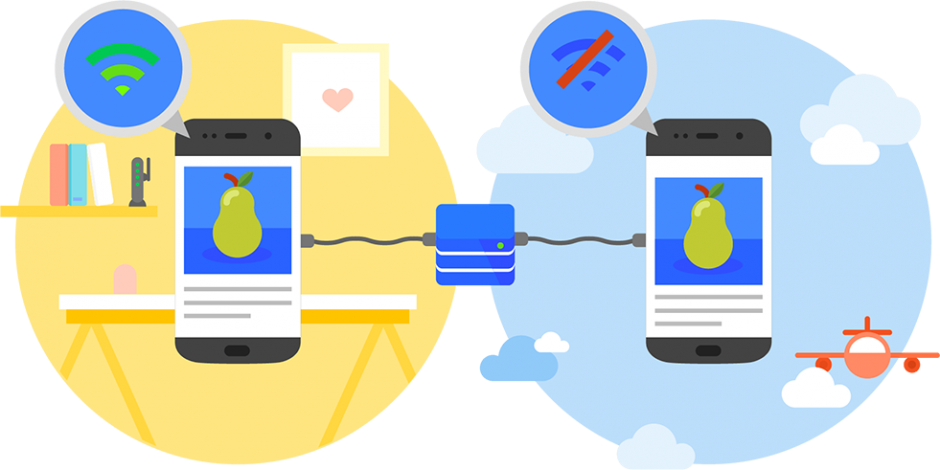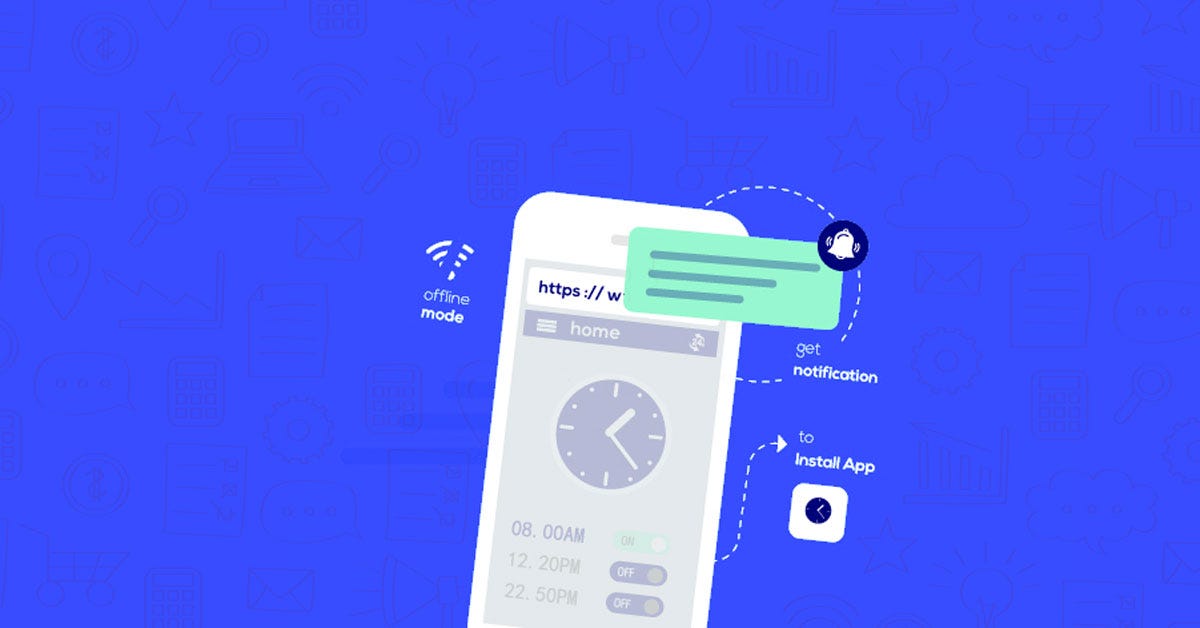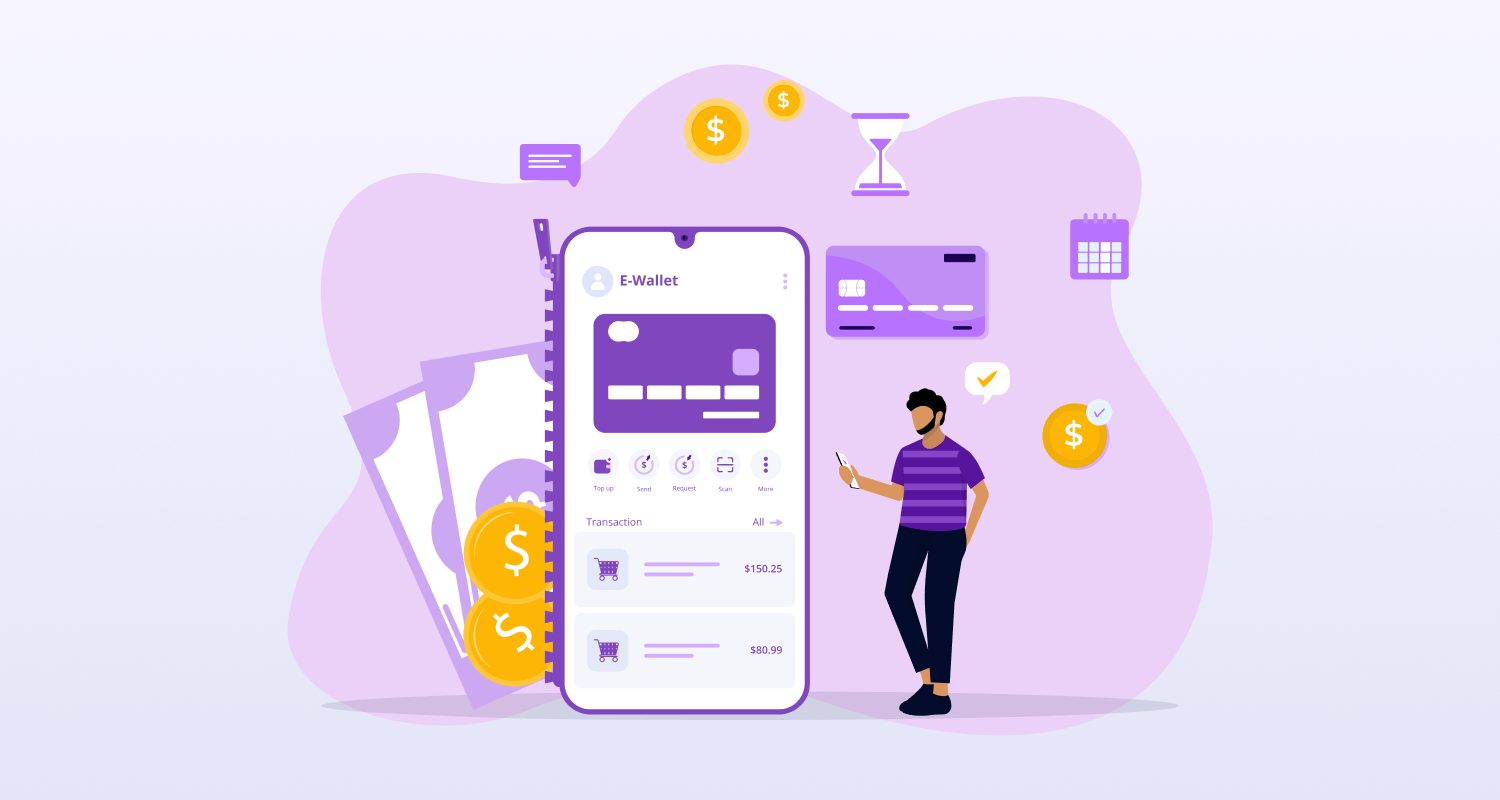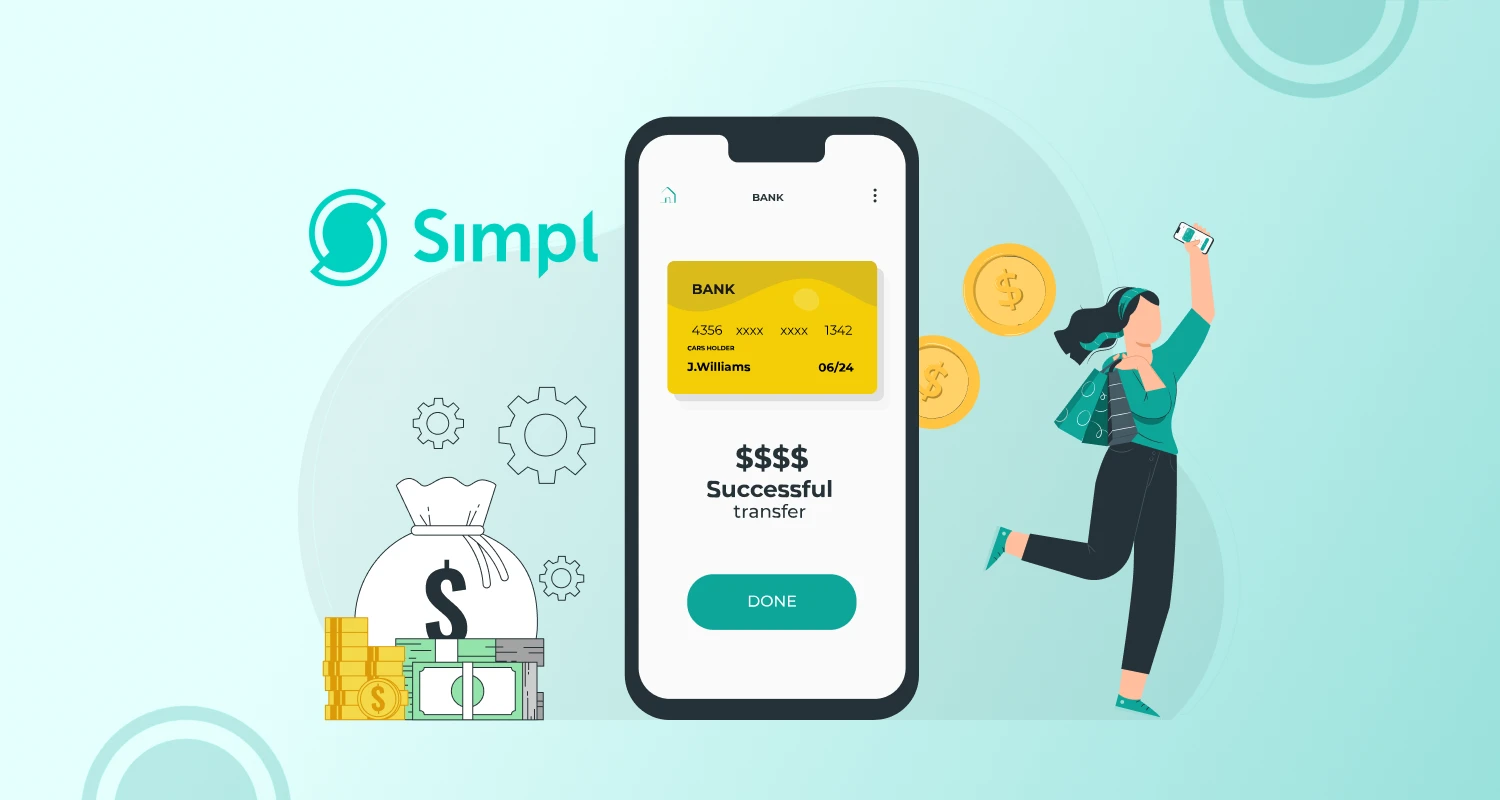Mobile apps are born to allow instant access to online content and features that work through a web interface. Naturally, mobile apps are conceived as the practical avenues to connect to people, media, information, products and interactions that work through the online connectivity. While mobile apps do offer us a more device-optimized native user experience, when the connection is poor it nevertheless becomes as frustrating as trying to make headway in a dark room. Even poor connectivity resulting in slow loading speed can add to the frustration of users tremendously.
To reduce the dependence on online connectivity several apps now embraced a new approach called ‘Offline-first’. This approach literally brought a revolution to the world if mobile apps by allowing access to the app contents and functions just like the online apps. Thanks to a “Offline-first” approach, in spite of the poor connectivity an app can load just as fast as the app running on good network connection.
While every mobile app development service India now considers “offline-first” as a great approach to boost user experience, this approach cannot be embraced blindly for all apps. Here through the length of this post we are going to explain how this development approach works, what are the key benefits of offline apps, how it impacts the developers and users and finally some examples of successful offline apps.
How the Offline Apps Really Work?

To understand how offline apps really work and the value proposition of this approach you need to have a clear idea about how generally apps work. For most apps, the software part is accommodated by the device while the contents reside on the server. The server actually work as the ultimate repository responsible for handling, managing, storing and updating of contents. Since all contents are stored and accommodated within a single server, multiple connected interfaces including mobile apps and websites can access the same content.
While from the outset this working of apps looks quite normal, the slowdown of connection can hamper the leading speed and performance of the app tremendously. When the connectivity is no longer available, the users cannot use the app at all. To use such apps and to access contents contained in such apps users need to be online at all times. When the users go offline the app stops working and as soon as the user gets connected again the app starts working.
This tremendous dependence on network connection is highly detrimental to the user experience and this is why offline-first approach was conceived. The sole motivation of the offline-first approach is to allow users access content and interact with the functions and important features of apps in spite of poor connectivity. Let’s see how this approach is actually conceived.
In spite of the fact that regular apps need internet connection, they don’t need a connection all the time. The users of such apps often need to access the same data again and again or the app needs to work with some data that are not frequently changed. Naturally, such contents can be accessible offline as well.
To help apps take advantage of this offline accessibility the apps started to shift the server-hosted contents to the phone device. This approach requires the app to connect the server when the contents need update, otherwise the contents remain accessible offline. It helped delivering a fast, reliable and smooth user experience. All mobile apps that doesn’t need to change the contents too often find this offline-first approach tremendously helpful.
Why Offline apps Should be a Priority?
There are several reasons to go for offline apps ranging from the great user experience without the constraints of network availability to increased reliability to increased business conversion.
Here are some key reasons to opt for offline apps.
- Smooth, fast and seamless mobile user experience in spite of bad network condition.
- Rewarding user experience will boost engagement, session duration, frequency of footfall and business conversion.
- Instant audience engagement sans any condition or pulling factor.
- The users can keep in touch with the app while on the go.
- Services can be provided to the recipient without any dependence in the network condition.
- An enterprise can help its workforce to use the app in all conditions while updating the changes while online.
Benefits Of Developing Offline Apps
Offline-first approach is beneficial for the mobile app development ecosystem for a wide variety of reasons. Let us explain the key benefits of this development approach.
No Data Roaming Cost
When you are on a trip across the border, you don’t need to worry about the roaming cost to stay continuously connected. You can just continue using the app offline while only updating the changes where you can access network connection for free.
Frequently Access Some Contents
For certain content types, offline apps are just ideal. For example, to access a book you are reading for some time on your kindle app can be accessed all the time right on your mobile app. Similarly, you can see your saved maps and track locations on Google Map all the time.
Instant Loading
Even when the connection is poor, an offline apps can load instantly without making you wait for more than a second or two. Thanks to offline-first approach you can access all app features even in poor connection.
Straining your Battery Less
Online connectivity eats away the battery power faster and remaining continuously online takes a toll on the battery life as well. This is where feline apps offer a great advantage. Allowing you to remain offline most of the time, such apps saves battery power and helps improve battery life in the long run.
The Impact Of Offline Apps On Your Business Growth
Since most web and mobile app users are impatient and they tend to leave the web or mobile app interface if it fails to load within 3 to 5 seconds, slow loading speed actually boosts dropout number of visitors and users. This directly impacts the business conversion rate for the mobile app.
Mobile apps are most preferred for shopping or eCommerce needs by the users these days because of instant access and native user experience. But still, connectivity issues in various areas make these apps lose a lot of audience and corresponding business volume.
The dependence on online connectivity also make enterprise apps suffer tremendously from poor productivity and lack of efficiency. Any field workforce who need to spend a lot of time travelling or in areas having poor connectivity, can tremendously be benefited through capability to create and save offline contents and updating the changes while becoming online. This will boost productivity and efficiency of an app to a great extent.
Should You Go for An Offline App?
Though offline apps came as a highly beneficial type of app, the reasons for going offline should depend on your specific context and requirements. Let us mention the 4 common reasons to opt for offline apps.
- To help your users use the app in areas where poor connectivity is a resilient issue, you can opt for offline apps. For example, if you have a healthcare app targeted for rural population, it should work offline to mitigate the problems with connectivity.
- If your app deals with a huge database of contents that cannot avoid the slow loading time because of the content load, a lighter offline-first version can help users to access some frequently searched contents easily. The Wikipedia mobile app is a classic example of such an app. A music download app allowing access to saved music contents can also be considered in this category.
- If your app only provides a very limited number of features and don’t require online access mist of the times, offline app will be your natural choice. For instance, calculator, a diet chart app or a local map may not require online access all the time.
- If you have a productivity app or app for your outdoor workforce, it can embrace this offline approach to allow offline working and online updating of changes. For example, outdoor employees can make a Google Sheet or Google Doc offline for creating charts or documents and update the files when coming in touch with the network in their workplace.
Offline Apps In Various Industries
While offline apps really brought flexibility to the users and helped businesses stay connected through contents even while the connectivity is disrupted, not every app needs to embrace this approach with the same gusto. Let us give here the examples of industries and respective apps that have successfully adopted this offline-first approach.
Entertainment Industry: Netflix and YouTube
Both Netflix and YouTube now allows users to download TV shows and videos and access them offline. This helped both of these globally popular apps garner more viewership as users in remote areas with poor connectivity can download the video contents at places where connectivity is better and access the content later at home.
Travel Map and Navigation: Google Maps
In the travel industry the dominance of Google Map remained uncontested for years. Now, travellers can download an area of their choice or a destination and access the map and later get guidance offline when they need navigation help. If you cannot connect the Google Map online at least in a new place it would help you finding addresses just like a physical map.
News: BBC NEWS
You may miss the real time news programmes and headlines of the day, but BBC News will allow you to save the top news stories. It would allow you to start browsing news stories from where you left last time.
Reading App: Kindle
If you have already downloaded your favorite books through the Kindle app, you don’t need to remain connected online for the sake of reading. You just go offline, open any of the downloaded books and start reading.
Travel and Productivity: Google Translate
Google Translate which is already popular among cross country travelers and professionals to mitigate the linguistic barriers now allows you access to translation even while you are offline. You never can be lost in translation while using Google Translate. The offline translation feature is provided by Google Translate through neural machine translation (NMT).
Game App: Mekorama
Most gamers detest interruption while playing a game like anything. But, online games often gives gamers a headache when they stop responding to gaming actions because of poor connectivity. There are too many engaging and enticing games out there but many of these games don’t support offline gaming. This is precisely where Mekorama stands out. This puzzle game with 3D architectural graphics has quickly rose to fame because of allowing offline gameplay.
Conclusion
There are not many quality offline apps to work as smoothly as the leading apps mentioned above. But increasingly, offline access is gaining popularity among the users and the companies because of user experience and possibility to uninterrupted user engagement. In the years to come offline apps will grow in popularity as never before.








